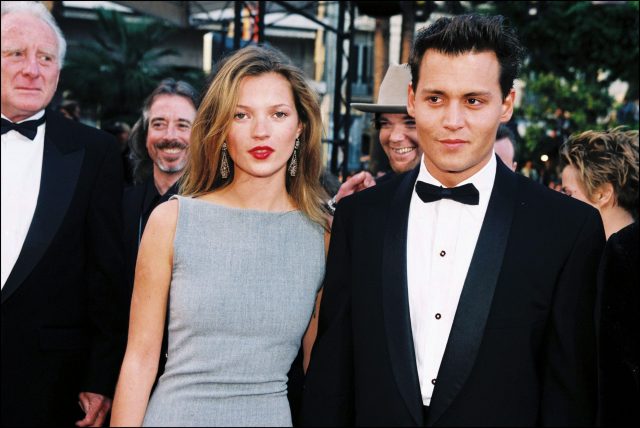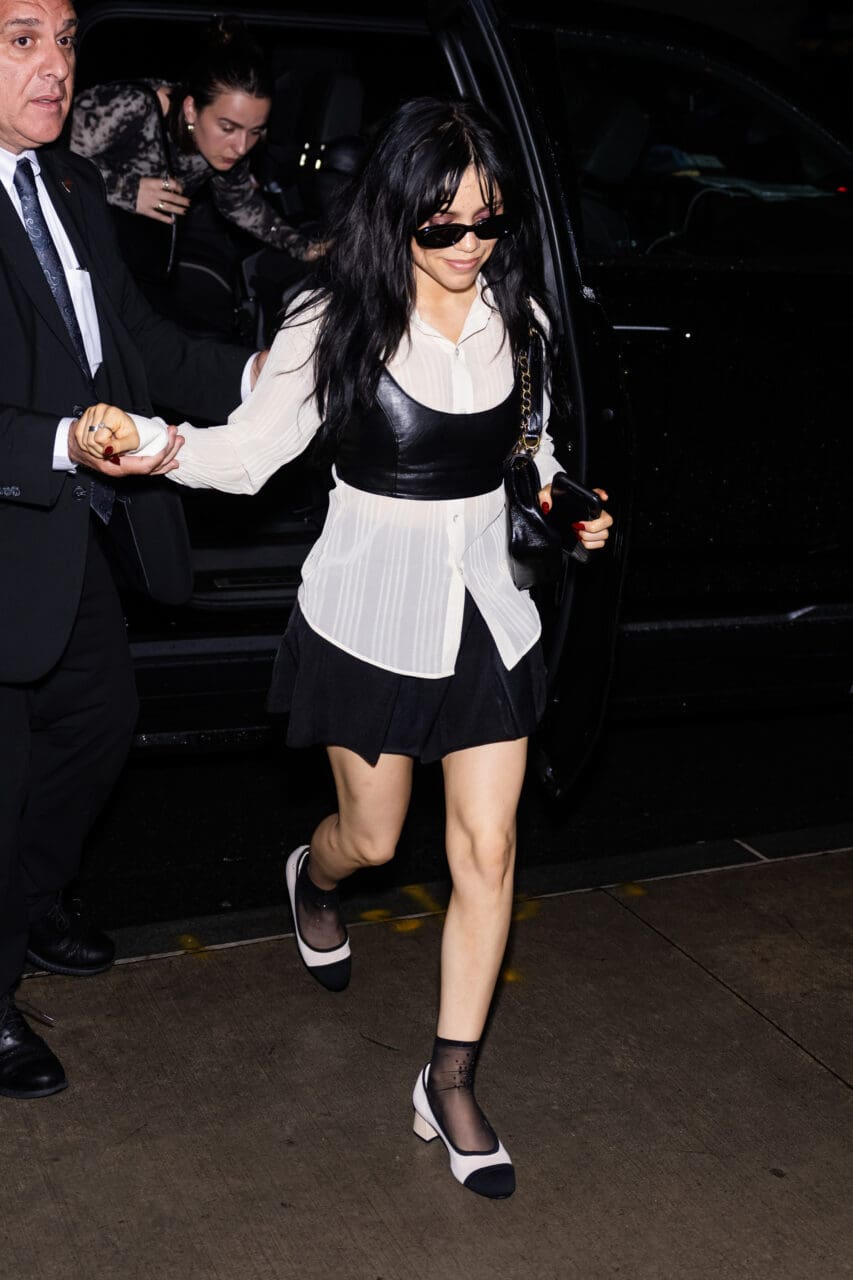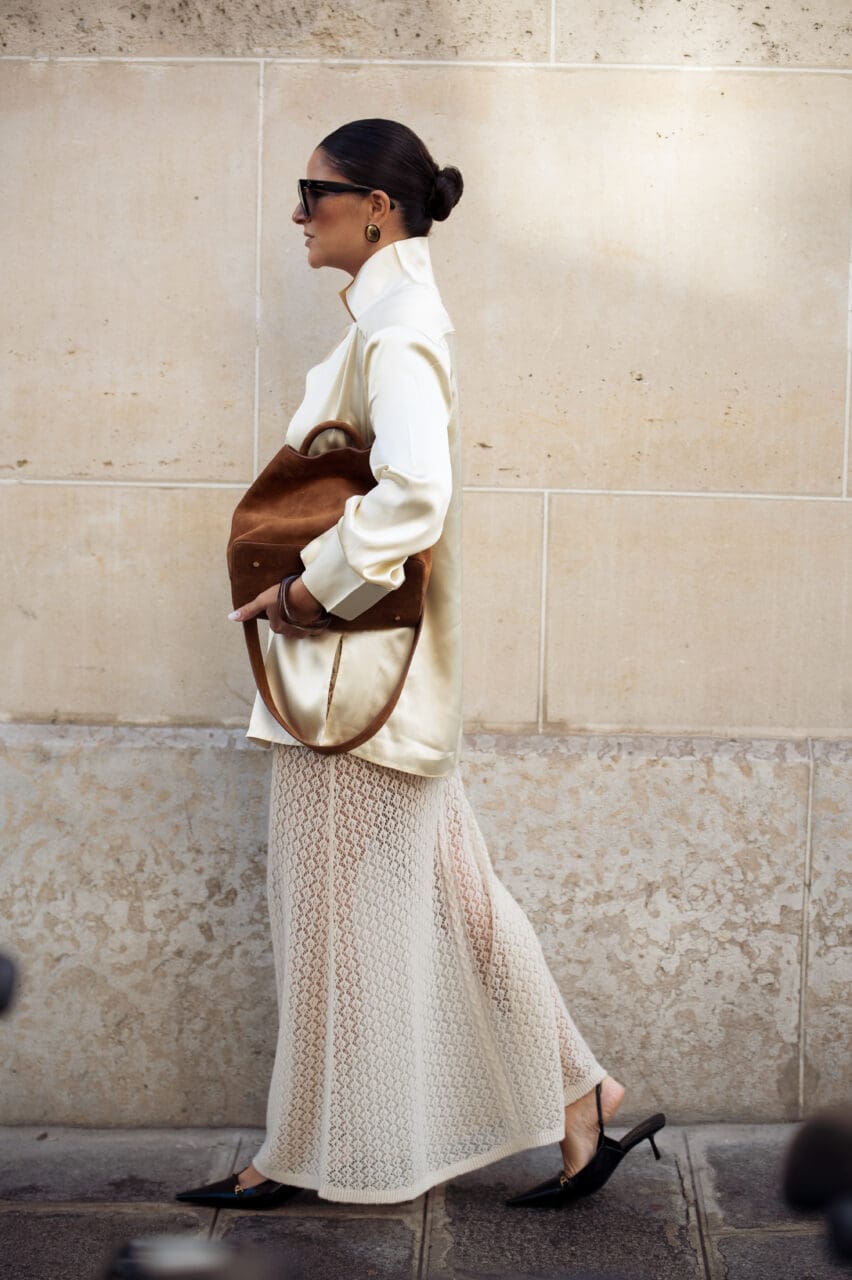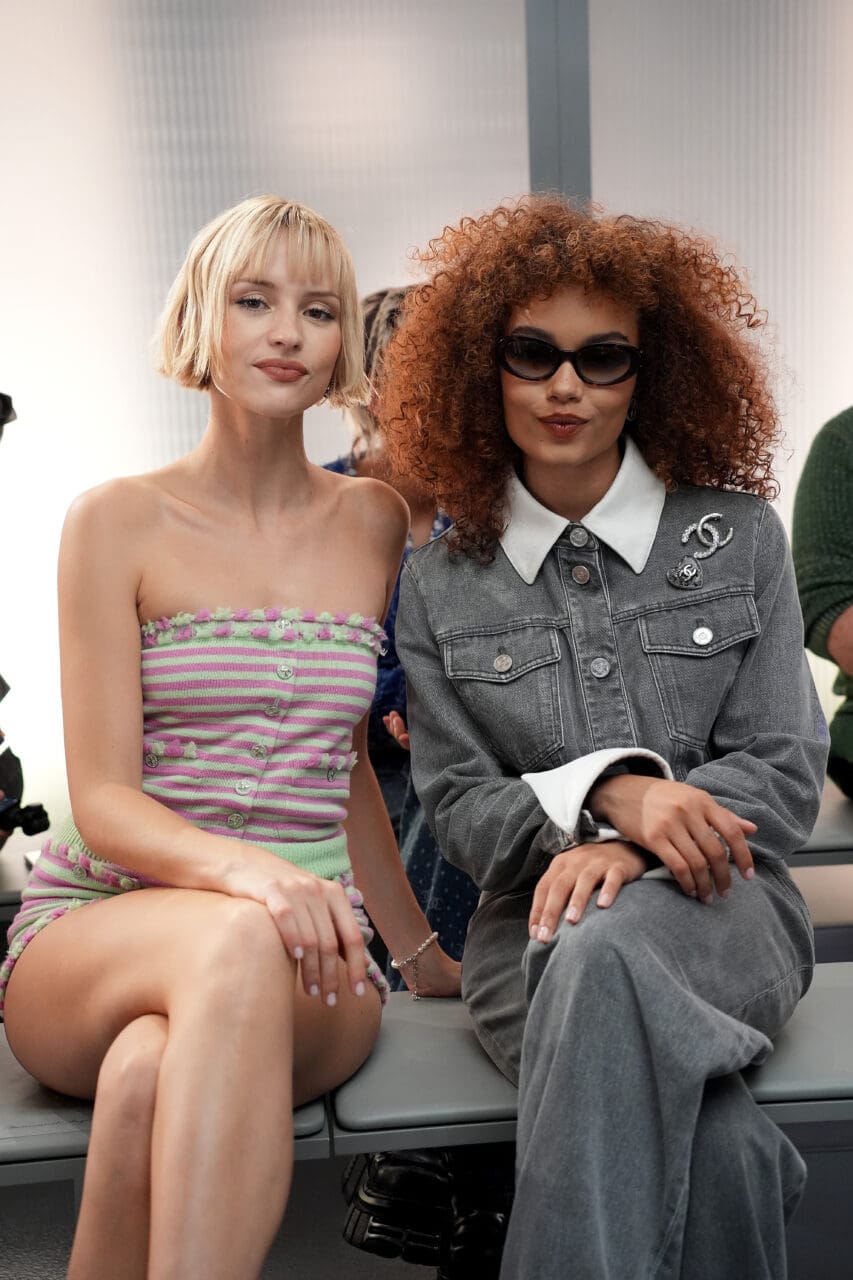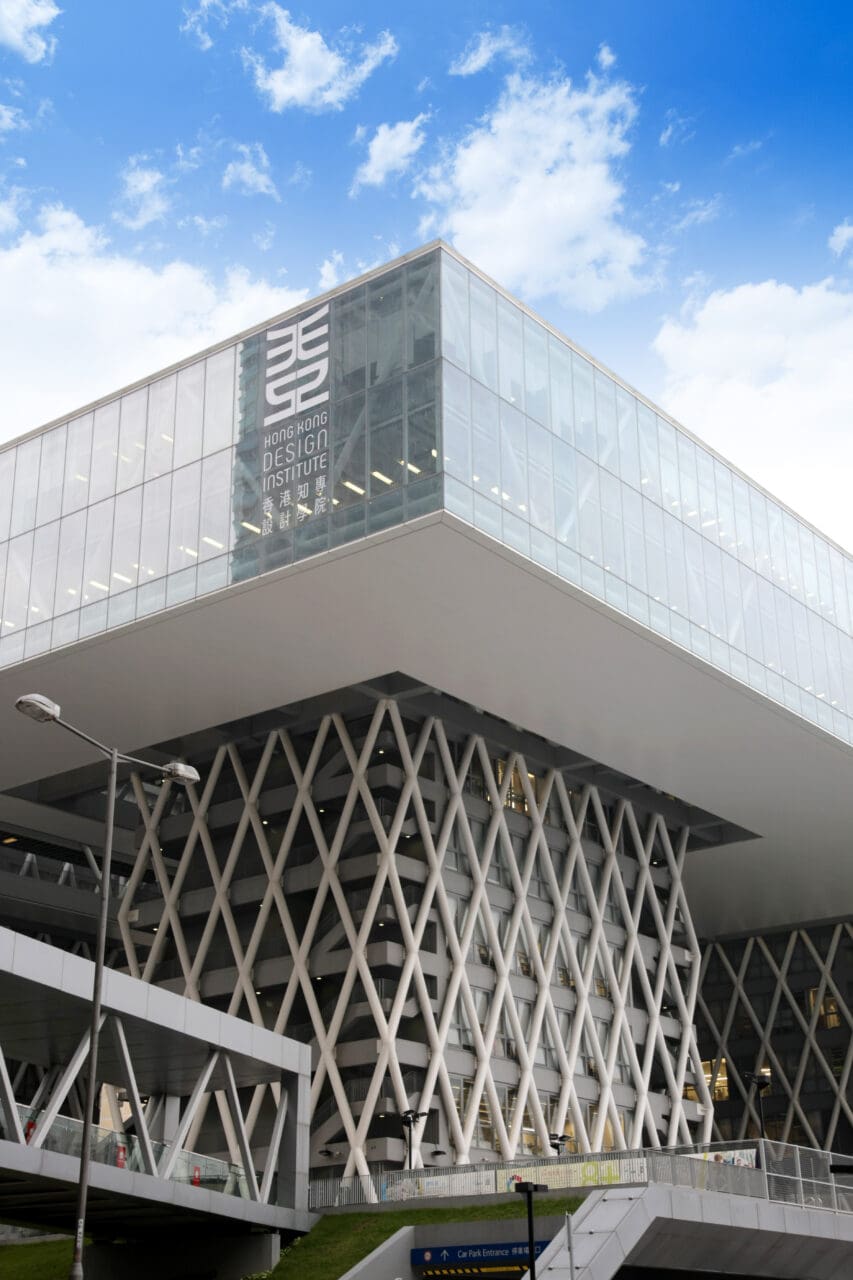The challenge: describe the role that fashion’s most creative thinkers have played in the major cultural advances of the past century without using the adjectives ‘groundbreaking’, ‘trailblazing’ or ‘gamechanging’.
We’re all familiar with the roll call — Coco Chanel, Elsa Schiaparelli, Christian Dior, Yves Saint Laurent, Karl Lagerfeld, Miuccia Prada, Rei Kawakubo — the figureheads among fashion’s intelligentsia who have each changed the way we think about the world. But, when exactly did their leaps of creativity occur? How did they overrule societal norms? And, whose noses did they put out of joint at the time?
As all 27 editions of Vogue around the world unite under the single theme of creativity this month, we pay homage to the groundbreaking, trailblazing, gamechanging minds who foresaw the future and made it a reality. These are the 13 moments that changed fashion forever.
Photo: Keystone-France/Gamma-Keystone via Getty Images
1911: ‘King of Fashion’ Paul Poiret and the birth of the fashion editorial
“More than any other designer of the 20th century, Paul Poiret elevated fashion to the status of an art form” — so goes The Metropolitan Museum of Art’s official strapline for the radical creativity of the Parisian couturier. The Costume Institute’s 2007 exhibition themed in his honour was aptly entitled Paul Poiret, The King of Fashion — his was an ultra-revolutionary reign.
When Poiret wasn’t staging decadent society balls as an ingenious means to show off his latest designs among his monied clientele, he was doing away with corsets, procuring celebrity ambassadors (enter French stage star Gabrielle Réjane) and officially becoming the first couturier to launch a perfume line. The lightning-rod moment that would change the face of fashion forever came in 1911 when fine-art photographer Edward Steichen shot Poiret’s designs for the April issue of Art et Décoration magazine, in what is now understood to be one of the earliest fashion editorials.
American Vogue 1932
Photo: Edward Steichen/Condé Nast via Getty Images
Later, in 1932, Steichen would take American Vogue’s first colour photo cover, depicting a swimsuit-clad model working out against an azure-blue sky for the magazine’s July issue. The 1929 stock-market crash would force Poiret to shutter operations for good, but his enduring creative legacy would remain the blueprint for a billion-dollar industry that was yet to emerge.
1926: Coco Chanel’s LBD is introduced to the world in the October issue of Vogue
“These women, I’m bloody well going to dress them in black!” Chanel, ever the iconoclast, famously declared. The result was the LBD, a design that typified Chanel’s egalitarian intentions, announced to the world via an illustration in American Vogue. The artwork depicts a long-sleeved, knee-grazing black dress. The silhouette is demure, conservative even, by today’s standards. Rewind to 1926, however, and the dress epitomised the liberal spirit of the Roaring Twenties. Chanel had flipped the script, dismissing class-driven notions that black clothes were the uniform of house servants and funerals — a move that would become the key to her success.

The Duchess of Windsor wears a Schiaparelli dress on the grounds of Châteaux de Candé
Photo: Cecil Beaton/Condé Nast via Getty Images
The 1930s: Elsa Schiaparelli headlines artist collaborations, humour and whip-smart ingenuity
The Italian-born designer, who made fashion an indissociable part of one of the 20th-century’s greatest art movements, surrealism (epitomised by her 1937 ‘lobster dress’, a collaboration with Salvador Dalí) began with the utilitarian, sporty knit. “During the war, it wasn’t all glamour. She did Hollywood, but also sportswear,” Schiaparelli’s granddaughter Marisa Berenson told Suzy Menkes in 2003. Amid the prohibition era of the 1920s, the designer employed her wit and design acumen with fabled results — “that dress to hide a whisky flask,” Berenson remembers.

Model wearing a Dior décolléte dress in 1947
Photo: Nina Leen/The LIFE Picture Collection via Getty Images
1947: Christian Dior unveils the ‘new look’ (and women everywhere want it)
You can’t help but imagine that Dior knew something enormous was about to happen while preparing to reveal his debut collection on 12 February 1947. History remembers the 90 silhouettes that made up the SS47 couture collection, a show that will forever remain one of fashion’s greatest premieres, simply as the “new look”.
The couturier, who had established his atelier at 30 Avenue Montaigne, Paris, just weeks before, in December 1946, signalled a mood-raising fresh start for women everywhere, drawing a line under the austerity of the second world war with a silhouette that luxuriated in femininity and celebrated womanly proportions — the generously full skirt, hourglass waist and trim, sculpted shoulders. A new era had begun.

Vogue, April 1947: model standing on a staircase wearing a Dior suit comprised of a pale tussore hip-padded jacket, nipped in at the waist, and pleated jersey skirt at calf-length, paired with a wide-brimmed hat
Photo: Serge Balkin/Condé Nast via Getty Images
1954: Karl Lagerfeld begins his career in fashion as Pierre Balmain’s assistant
Decades before Karl Lagerfeld would ascend to Kaiser status at the helm of Chanel in 1983, the young designer would learn the ropes in the shadow of Pierre Balmain — the architect-turned-master-couturier whose designs were described by Diana Vreeland as “the very quintessence of haute couture.” For Lagerfeld, Balmain’s atelier would have been an electrifying invitation into a creative epicentre where costuming stars, including soon-to-be global cinema sensation Brigitte Bardot, was part of his daily duties.

Paris, 14 December 1954: Karl Lagerfeld after winning the coats category in a design competition sponsored by the International Wool Secretariat. With him is a model wearing his design. The win led to Lagerfeld being hired as an assistant to Pierre Balmain
Photo: Keystone/Hulton Archive/Getty Images
1961: Roy Halston Frowick designs the pillbox hat Jackie Kennedy wears to her husband’s presidential inauguration
The midwestern milliner who made a name for himself at Bergdorf Goodman in New York rose to become a household name thanks to one very high-profile client. As the world watched John F Kennedy take the presidential oath, his wife, Jackie Kennedy, would likewise be anointed global cultural icon status.
Halston matched the pillbox design to the duck-egg blue coat by courtier Oleg Cassini — a strikingly ‘clean’ look that was specifically crafted to convey the first lady’s modern outlook. Viewers worldwide leapt upon the hat, an achingly straightforward design that Kennedy accidentally dented during the inauguration ceremony while warding off the wind. “Everybody who copied it put a dent in it,” Halston noted. Eight years later, in 1969, he would launch his mononymous fashion label, Halston, becoming the unofficial outfitter of the Studio 54 era through his signature ultra-luxurious, languid designs.

Washington DC, January 1961: John F Kennedy and wife, Jackie, set off for their inauguration ceremony at the White House
Photo: Bettmann
1966: Yves Saint Laurent blurs fashion’s gender lines
The star look of YSL’s AW66 collection, ‘Le Smoking’, was the first tuxedo specifically designed for women — a design influenced by the men’s black-tie suiting worn by artist Niki de Saint Phalle.
The name itself refers to the jacket’s silk lapels that allow for the ash of after-dinner cigarettes to be easily dusted off. In many ways, 1966 seems strikingly late for such a landmark milestone. This was, after all, also the year that thigh-grazing hemlines became the staple of ‘mod’ style, as suburban teenagers and voguish twentysomethings everywhere adopted (and imitated) Mary Quant’s miniskirts. Even against the progressive backdrop of the 1960s, the women’s tuxedo remained a left bank rite of passage, perfect for the androgynous-leaning designs of the ingenious Saint Laurent. Three decades earlier, in 1933, the Paris chief of police had threatened to arrest actor Marlene Dietrich for daring to wear a men’s suit.

Paris, 15 February 1967: an alpaca dinner jacket, jabot blouse and black silk bow-tie for Yves Saint Laurent SS67 haute couture collection
Photo: TAFF/AFP via Getty Images
1974: Beverly Johnson is the first black model to appear on the cover of American Vogue
“Shifts significant enough to challenge the status quo don’t come around often, but in 1974, when Beverly Johnson appeared on the cover of [American] Vogue’s [August issue], it was a landmark moment. It had taken more than eight decades, but finally, a person of colour was fronting the world’s foremost fashion magazine,” Vogue’s Janelle Okwodu wrote in 2016.
To say that Johnson endured the rejections of an industry where racial discrimination was visibly rife is an understatement — an experience that would power her work as an activist and champion of civil rights. “Every model’s dream [is] to be on the cover of Vogue,” Johnson told CNN. “You have arrived when you [make] the cover of Vogue. And then when I found out I was the first person of colour on the cover and what that meant, I was like, ‘Wow, this is really a big deal.’”
August 1974: Beverly Johnson is Vogue’s first black cover star
Photo: Francesco Scavullo/Condé Nast
1976: Calvin Klein is the first designer to show jeans on the runway
In a move that we would today call ‘reading the room’, a young Calvin Klein put workaday denim on the runway. His jeans would, of course, go on to spur a global empire all of their own thanks to one of the 20th century’s most provocative ad campaigns, but look closer and Klein’s early 1970s jeans offered another stroke of genius. His name was stitched on to the right buttock pocket.
1976: Patti Hansen in an ad for Calvin Klein jeans
1978: Miuccia Prada takes over the family-owned luxury accessories business
The youngest granddaughter of Mario Prada had visionary plans for the family’s Milan-based operations. Prada would show her first ready-to-wear collection for AW88 — a runway show steeped in graceful, yet attitudinal silhouettes.
“I’m not a fashion designer, I’m who I am,” she reportedly told critics within the company at the time. In the same admission, she went on to reveal her creative sweet spot. “I love to be in that place between displeasing people but intriguing everybody, probably. To do something normal that looks deeply strange.”

Italian fashion designer Miuccia Prada adjusting clothes on Italian-French top model Carla Bruni
Photo: Vittoriano Rastelli
1982: Rei Kawakubo shocks Paris Fashion Week
“In 1981, when Rei Kawakubo started showing her Comme des Garçons collections in Paris, she already had a loyal Japanese following known as ‘the crows’,” Vogue’s Laird Borrelli-Persson wrote in 2017. Kawakubo’s artistic exploration of the colour black was an established signature of her own eminent style and that of her early fans (of which she had many). If the 1980s was the era of Wall Street excess, Thatcherism and flashy power suiting, Kawakubo’s instinctive work was the counterpoint. News spread fast through Paris Fashion Week’s gilded salons.

1995: a model walking the runway at the Comme des Garçons spring ready-to-wear show.
Photo: Guy Marineau/Condé Nast via Getty Images
From the moment she first began making clothes in the 1970s, Kawakubo’s aim was to design for a woman “who is not swayed by what her husband thinks”. She had no formal design training, as writer Judith Thurman noted in her 2005 profile for The New Yorker, which was an asset when establishing one of fashion’s most revered avant-garde enterprises. “She often says that she’s grateful to have skipped fashion school or an apprenticeship because, in the end, even if she can’t sew or cut a pattern, she had no preconceptions to unlearn and no master to outgrow.”
Alexander McQueen’s Central Saint Martins 1992 graduate show
1992: Alexander McQueen graduates from Central Saint Martins
McQueen’s prodigious talent for mythologised storytelling was already in full flow by the time he’d finished work on his 1992 CSM graduate collection. The designer, who had honed his skills as an apprentice on Savile Row, entitled his end of year coursework, Jack the Ripper Stalks His Victims.
The collection, which was shown as part of a group show alongside his contemporaries, gave a deeply personal thrust to the notion of ‘the heroine’. Some pieces were even adorned with encapsulated human hair. “The inspiration behind the hair came from Victorian times when prostitutes would sell theirs for kits of hair locks, which were bought by people to give to their lovers,” McQueen revealed in a 1997 Time Out interview. “I used it as my signature label with locks of hair in Perspex. In the early collections, it was my own hair.”
1992: Marc Jacobs delivers a dose of reality on the runway
Jacobs’ charismatically rebellious spirit was potent enough to ensure he was both hired and fired by American sportswear label Perry Ellis in the early 1990s. They weren’t prepped for the designer’s infamous ‘grunge’ SS93 catwalk show, but, then again, neither was anyone else.
Plaid, proportion play and silhouettes that hinted to suburban thrift (including shrunken babydoll dresses and antique-styled slip dresses) were about to become a catwalk staple at New York Fashion Week where, just as in music, a changing of the guard was taking place. In less than 30 minutes, Jacobs had put a spoke in the wheel of high fashion, offering something entirely accessible that mirrored a universal youth movement that was in full flow.
Editor
Julia Hobbs







